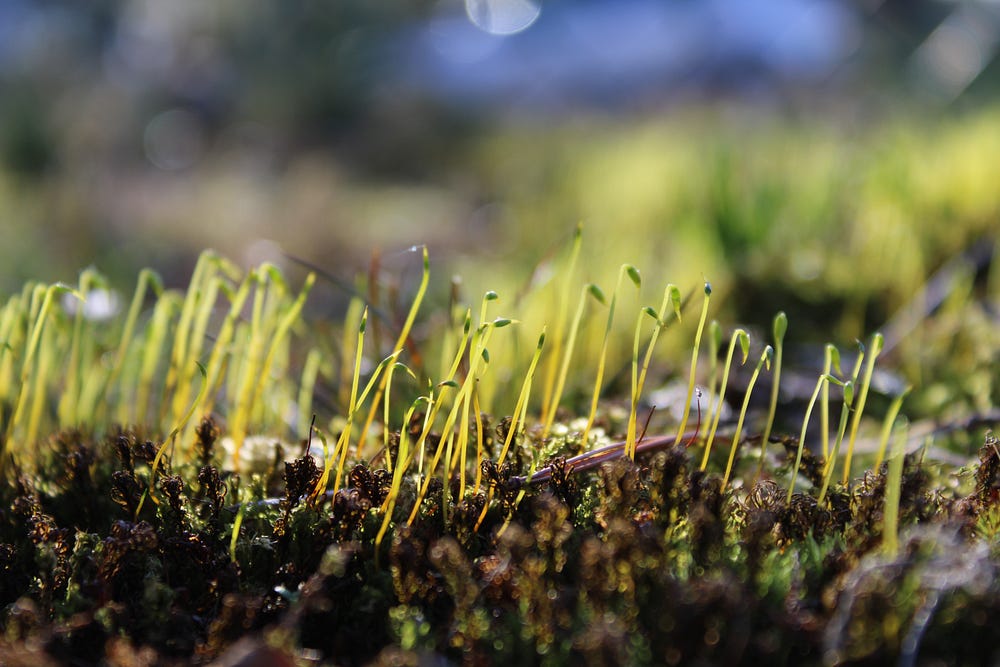Understanding Deciduous Conifers: A Unique Breed of Trees
When you hear the word “conifer,” you probably imagine a tall, evergreen tree with needle-like leaves and cones. But did you know that there is a subset of conifers known as deciduous conifers, which shed their leaves annually like deciduous trees in the fall? These trees may not be as well-known as their evergreen cousins, but they are just as fascinating and unique.
In this blog post, we’ll dive into the world of deciduous conifers, their characteristics, and why they’re worth discovering.

1. What are Deciduous Conifers?
Deciduous conifers are trees that shed their leaves annually but still retain their needles. They belong to the conifer family, known as Pinaceae, which includes pine, spruce, fir, and larch trees. In the fall, deciduous conifers lose their thin, needle-like leaves and grow new ones in the spring. This unique adaptation allows the tree to survive in areas with harsh winters while still taking advantage of the longer growing season in the spring and summer.
2. Characteristics of Deciduous Conifers
One of the most distinctive characteristics of deciduous conifers is their unusual growth habit. Unlike other conifers, which maintain a consistent form throughout their lives, deciduous conifers often undergo dramatic changes in shape and size as they age. They may start off as tight, conical shapes in youth, then gradually develop a more open, spreading form as they mature.
Some species, such as the bald cypress, even form distinct “knees” or buttresses at the base of the trunk. Deciduous conifers also tend to favor moist, lowland areas and can tolerate flooding and wet, swampy soils.
3. The Importance of Deciduous Conifers
Deciduous conifers may not be as well-known as their evergreen counterparts, but they play an essential role in ecosystem health and biodiversity. Their unique adaptations allow them to survive in harsh environments and provide habitat and food for a wide range of wildlife, from birds and insects to mammals and fish.
In addition, many deciduous conifers are prized for their high-quality wood, which is used for furniture, flooring, and building construction.
4. Growing and Caring for Deciduous Conifers
If you’re interested in growing deciduous conifers in your garden or landscape, there are a few things to keep in mind. These trees prefer moist, well-drained soils and need plenty of water during the growing season. They are relatively low-maintenance and don’t require pruning unless you’re looking to shape them.
However, be aware that some species, such as the bald cypress, can grow very large, so make sure you have enough space for them to thrive. Overall, deciduous conifers are an excellent choice for gardeners looking for a unique and beautiful addition to their landscape.

Conclusion:
Deciduous conifers may be a niche group of trees, but they offer much to appreciate and admire. With their unique growth habits, attractive foliage, and important ecological roles, these trees are well worth considering for gardeners and nature enthusiasts alike. Whether you’re already a conifer fan or are looking to expand your horizons, we hope this blog post has piqued your interest in the wonderful world of deciduous conifers.
